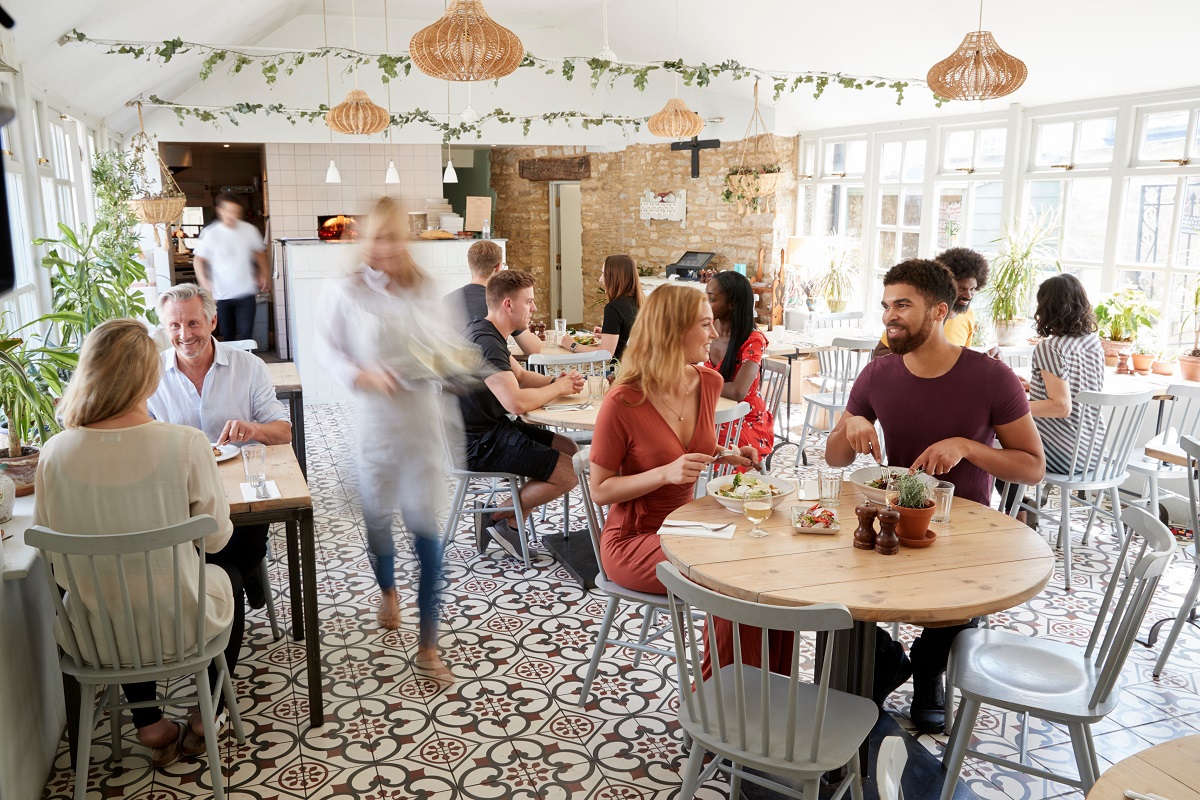The college experience that the youth strive for goes beyond the campus grounds. It’s more than just the classes, fraternities and sororities, organisations, and dorm parties. It also includes the fun and memorable moments that students have in college towns. Off-campus restaurants, bars, coffee shops, and other recreational places offer their doors to students who want to wind down from their studies. If some students want to have more freedom than their dorms at school, they can opt for off-campus student accommodations that are widely available in college towns.
But everything changed when COVID-19 came into the picture. So universities sent their students and staff home. This caused college towns to become ghost towns. This is to ensure the safety of their students and staff. In effect, the businesses struggled to stay afloat. What’s even harder is that most of the businesses there are small and medium enterprises. Here’s how college towns changed in just a couple of months amid the coronavirus crisis.
College Towns Before COVID-19 Hit
According to the American Communities Project, there are 154 college towns across the country. Because college students populate them, they are home to about 8 percent of the U.S. population. This is the rate of individuals who are between the ages of 18 and 21. That’s about 18.6 million people.
Because students are living in these towns, the income rate is low. The median household income is $52,100. It’s a bit below the national average. But the small- and medium-scale businesses thrived. And it’s because they have a niche clientele of students and university staff. As long as there are people in schools, there will always have customers. But, of course, that all changed when schools actually did close because of COVID-19.
Effects of the COVID-19 Pandemic on College Towns
With the threat of COVID-19 looming over everyone, business establishments stayed empty.
One of the college towns that took a huge hit is College Park, Maryland, the home of the University of Maryland. Ninety-four percent of its population, which is over 30 thousand people, is composed of undergraduate students.
Another town that struggled is Ann Arbor, Michigan, the home of the University of Michigan. In this town, over 14 thousand people work in food services and drinking places. Thus, they are the ones who truly struggled with the loss of college students roaming around the town.
How College Town Businesses Are Coping

Businesses have resorted to different strategies and solutions to cope with financial struggles. Because students aren’t physically there anymore in their establishments, they brought their products to them. So they refocused their business on deliveries. They had to refurbish their websites, develop apps, and acquire digital marketing services. They had to shell out some money in the beginning. But at least they were able to keep their businesses somewhat afloat.
On the other hand, some businesses turned to crowdsource for help. By setting up GoFundMe pages, they reached out to their clientele—students, university staff, and alumni—for support.
Another good thing is that some universities are raising funds. This is to help businesses in their towns. For example, Cornell University helped establish the Tompkins County/City of Ithaca COVID-19 Small Business Resiliency Fund. The school gave $100,000 to the fund.
However, despite such efforts, some businesses in most college towns really had to close for good. Restaurants in Chapel Hill were beloved by the students of the University of North Carolina for years. And now, the students have to say goodbye to such restaurants.
Students Coming Back Last Fall
The good thing, though, is that the new school year started. Some universities opened their doors again to students. Some classes can be offered online. But some students still opted to go to their schools. This brought much-needed relief to college town businesses. It’s slow, but the towns are coming back to life.
But this led to another major downside. College towns have seen a spike in COVID-19 cases after students went to school. Researchers said that the spike led to as high as 3,000 cases per day in college towns. In response, schools have designated “quarantine dorms” for students who have tested positive.
With all of the struggles that college towns had to face this year, it feels as if they can’t catch a break. They struggled with the loss of students. Sales plummeted. Businesses had to close down. Students coming back to school felt like a godsend. But that soon took a turn for the worse when the number of COVID-19 cases rose.
Although these seem like unprecedented challenges, we know one thing for sure: college towns will survive this. They’ve been around for years, so their resilience is strong.

